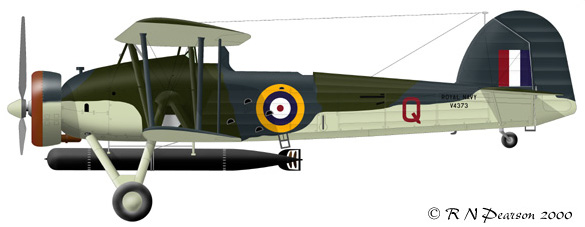FOCKE-WULF 190 A-3
Beginning in the spring of 1942, series production of a more powerful engine version BMW 801D-2 that replaced previous versions in the Fw 190Fighter created a new plane version designated as Fw 190A-3. The increase in the BMW 801D-2 engine power (to 1730 kW) was due to a higher compression ratio and higher pressure two-speed compressor. A higher compression ratio and charging pressure made it necessary to use high-octane (96 octane) C3 fuel in place of B4 (87 octane) fuel. Armament of standard Fw 190A-3 planes was the same as in the previous version.
Gun layout in the A-3. Far more heavy arrangement than Bf-109

A series airframes were widely used in a big development program with the aim of finding the optimum armament and equipment mix that made it possible to broaden the operational capabilities of the plane beyond fighter operations. The largest part of these modifications were in the form of Umrustbausatz kits, but some did not have special designations and can be recognized only from photographs. The total number of such modified planes is unknown. The best known are the Fw 190A-3 with an under-fuselage mounted bomb rack ETC 501 for carriage of 500 kg of bombs (1x500 kg, 2x250 kg or 4x50 kg on the ER4 adapter) or an external drop tank of 300 liters capacity for long range fighters. Some planes used only for fighter operations (without bomb racks) had a reduced armament by removal of wing mounted MG FF cannons, which was not reflected in a designation. Moreover, 72 Fw 190Aa-3 (a=auslandisch-foreign) planes were produced. These were exported to Turkey during October 1942 - March 1943. Most of them had the same armament as the A-1 version e.g. 1x4 MG 17 machine guns and 2x1 MG FF cannon, and for obvious reason there was no FuG 25 IFF device in the radio equipment.
In addition to the previously described modification kits designed for the Fw 190A-3 and later versions other kits Umrustbausatz were prepared; but we must admit that most were unrealized projects or experimental planes that existed only in one or two copies: Fw 190A-3/U1 - only one built, experimental plane (W.Nr. 130270, PG+GY) with engine mount extended for 15 cm. It was used as a prototype of the A-5 version, Fw 190A-3/U2 - underwing mounted unguided missile RZ 65 73 mm racks tested on the plane W.Nr. 130386, Fw 190A-3/U3 - reconnaissance fighter with Rb 50/30 cameras mounted in the fuselage; armament reduced by removing MG FF cannons, one built, Fw 190A-3/U4 reconnaissance fighter with two Rb 12.5/7x9 cameras mounted in the fuselage and camera gun EK 16 or miniature camera Robot II in the leading edge of the left wing root; armament as in U3 version, additional under fuselage mounted ETC 501 bomb rack with stabilizer strips for 300 liter fuel tank.
Twelve planes built, Fw 190A-3/U7 - attempt to create a new high altitude fighter, with reduced weight, with armament consisting of only two MG 151/20 E cannons. Only three planes built (W.Nr. 130528, -530 and -531); they can be recognized by external charger air inlets on both engine cowling sides.
A-3/U-7



























